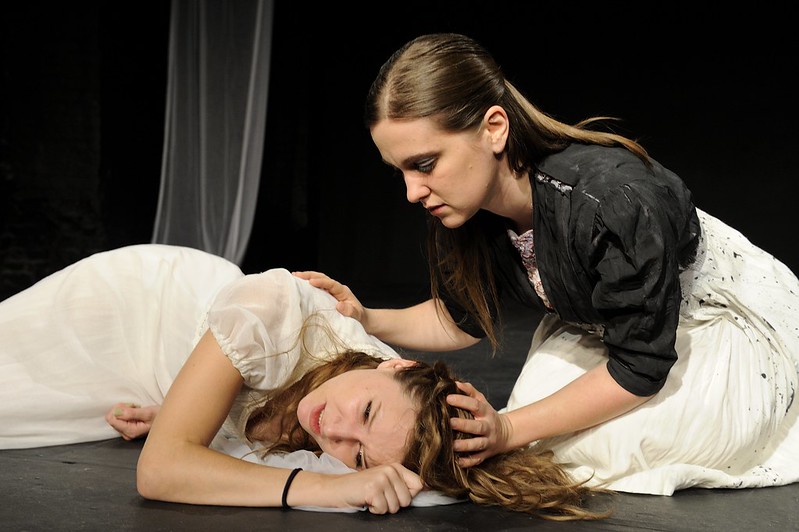Emilia is one of Shakespeare’s most celebrated female characters, lauded for her powerful commentary about the treatment of women by men. Her tragic death alongside Desdemona at the end of Othello is a devastating representation of male violence. I recently saw the National Theatre’s 2023 production starring Giles Terrera as Othello, and, as usual, was deeply moved by Emilia’s outspoken character and gut-wrenching demise. Despite this, the production did the one thing that directors of the iconic play consistently seem to get wrong about Emilia. In this article, I ask, “why do they keep making her so old?”
Disclaimer: I do not mean to assert that women in their mid-thirties to forties are old (by any stretch), or that they should not be cast in productions of Othello. I simply point out that this is significantly older than Emilia in the original text, and I have strong qualms with how this has become a noticeable trend across productions of the play.
Emilia’s age is never directly stated in Othello. However, there is compelling evidence in the script that indicates the answer. In Act 1 Scene 3, Iago tells Roderigo that he has “looked upon the world for four times seven years”, which is a rather embroidered way to say that he is 28 years old. From this, we can surmise an idea of how old Emilia is. Based on contemporary conventions of marriage, if her husband is in his late twenties, she is likely no more than around 23 or 24. She almost certainly would not have been older than Iago (though interestingly, Shakespeare’s wife was eight years his senior).
Why, then, do productions consistently cast actresses who are at least a decade older than this? Here are four examples of actresses who have played Emilia and their ages at the time: Zoë Wanamaker, 41 (1990 film); Anna Patrick, 33 (1995 film); Ayesha Darker, 37 (2015 Royal Shakespeare Company); Tanya Franks, 55 (2023 National Theatre). Comparatively, each Desdemona in these productions was played by a woman in her twenties.
Increasing Emilia’s age, in my opinion, obfuscates her character. Though the relationship between her and Desdemona is painfully beautiful regardless, it frames her as a nursemaid, a maternal figure and, as a result, her bleak outlook is presented as a natural result of her extra years on earth. If we reasonably assume that Emilia of the text is younger than Iago, she is simply another young woman in the early years of marriage. Her doleful observations of the world are a product of the neglect and cruelty she has faced from her husband. She does not possess any aged wisdom over the youthful Desdemona, who is implied to be around eighteen years old. Her role in the play should more accurately resemble an elder sister or close friend.
Othello is a domestic tragedy that culminates in the murder of the only two principal female characters. Casting Emilia as the correct age would allow the women to act as mirrors of one another- two young wives in starkly different marital situations, who meet the same horrific fate. Unfortunately, this seems to be where so many productions fall short.
Image Credit: “Desdemona and Emilia” by Mobtown Players is licensed under CC BY-NC 2.0.

